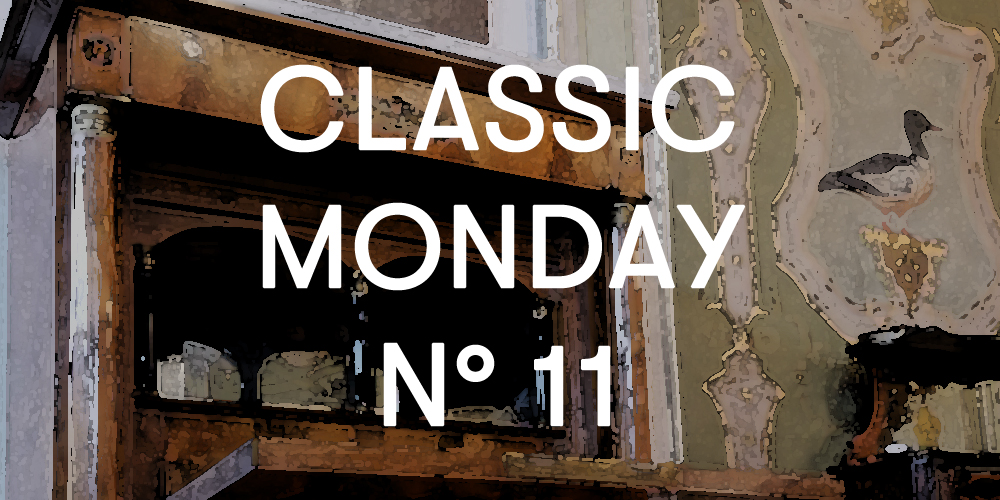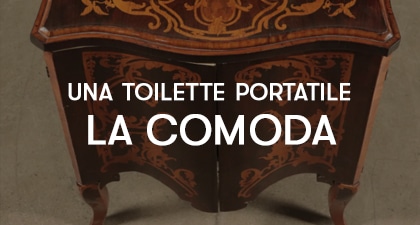
The secrétaire is a type of furniture that was born in the eighteenth century in France but whose production lasted throughout the following century, arriving until the early twentieth century.
A real evolution of flap furniture, the secrétaire was first appreciated by the aristocracy, while during the nineteenth century it was also adopted by the nascent bourgeoisie.
Although they had considerable economic possibilities, the bourgeois often resided in apartments or dwellings far from the size of the great noble palaces.
With the change of the spaces it was also necessary to change the furniture.
We are gradually witnessing the transition from purely representative furniture to more functional and smaller ones, so that they can be easily placed in the premises of private homes.
As the name suggests, the secrétaire was designed for office work, that of secretaries precisely.
Equipped with a folding top or doors, used as a support for reading and filling out cards, the peculiarity of this furniture is the presence of both simple drawers and real secrets, ie hiding places disguised as secret mechanisms (for example buttons or levers inside other drawers).
Inside them it was possible to hide the most important and confidential documents or, very often, even precious objects such as jewels.
The skill of the cabinetmakers who made these furniture was precisely in the ability to conceal as much as possible the presence of these hiding places, devising increasingly imaginative mechanisms to access the secret compartments.
If the use of the secrétaire was originally linked to purely work motivations, inherent in the conduct of diplomatic and economic affairs, and for this reason it was mainly placed in studies, over the years it was also used for private purposes. It is not unusual to find it in the bedrooms, used as a desk by ladies and inside which to hide their letters or jewelry.

I secrétaire vennero realizzati in diverse tipologie e secondo vari stili, differenziandosi sia in base all’area geografica, sia in base al gusto e alla moda del momento. L’esemplare protagonista del nostro appuntamento con il Classic Monday, venne realizzato nella seconda metà dell’Ottocento in Francia, in stile Impero Napoleone III.
Se all’esterno si presenta come un mobile compatto sorretto da piedi a plinto e dotato di tre cassetti, l’apertura della ribalta mostra uno scarabattolo con colonne ebanizzate, specchi e quattro cassetti con il sottostante segreto.
Lo stile impero, nato agli inizi del XIX secolo, ritornò in auge meno di un secolo dopo, apprezzato per la semplicità ed eleganza delle sue forme, che in qualche modo richiamano le architetture dei palazzi e dei templi dell’antichità classica.
















